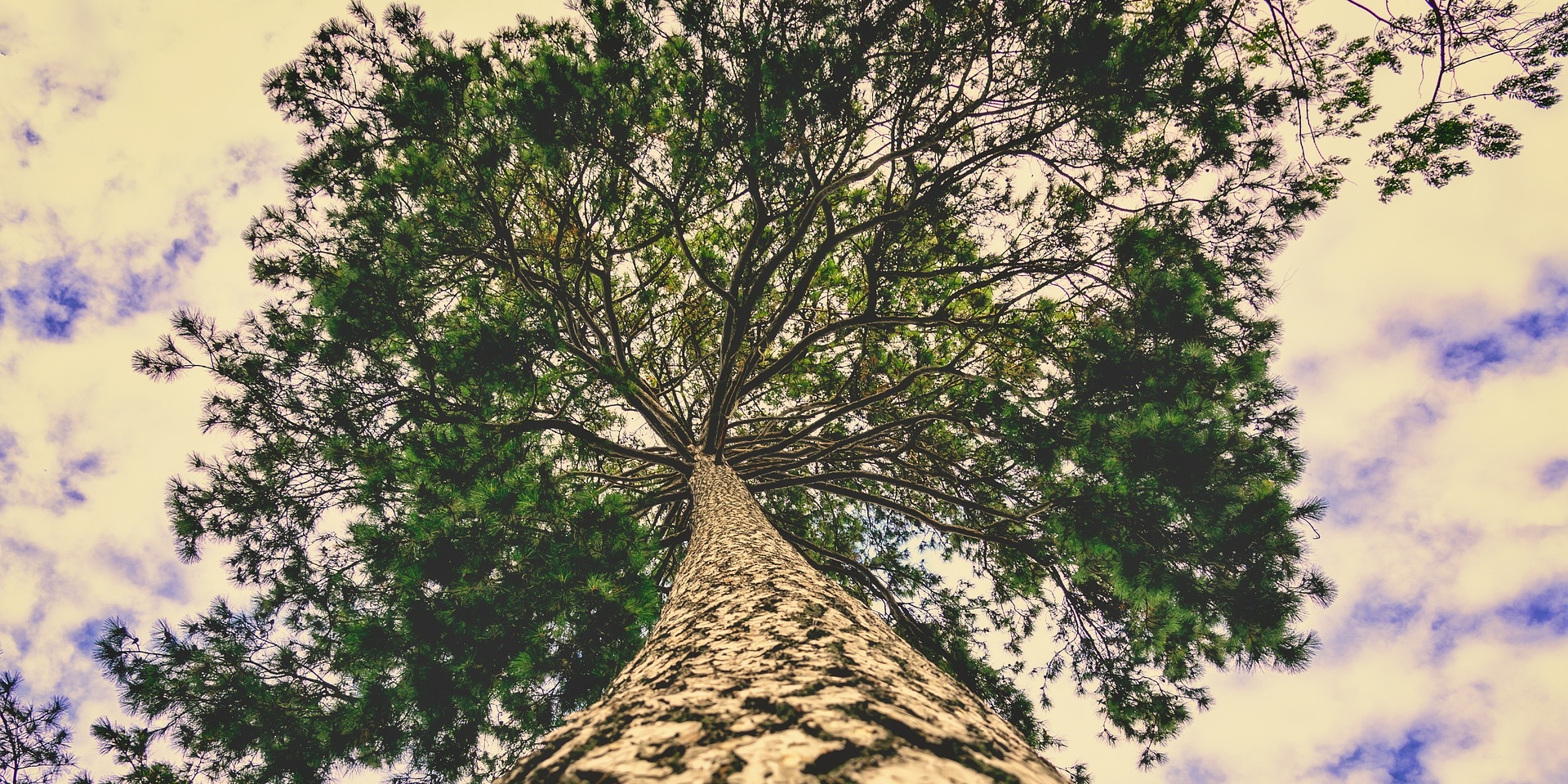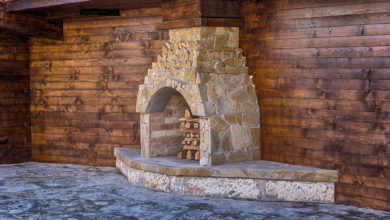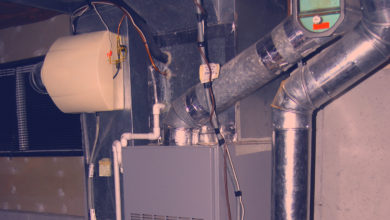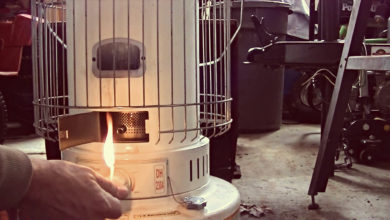Burning pine in fireplaces and wood stoves is a rather controversial subject both among novices and for some professionals. The reason for that is a lot of people believe burning pine creates a dangerous buildup of soot in the chimney called “creosote”.
This is, in fact, true, but it’s not the problem most people make it out to be because all wood-burning creates creosote and pine is not even at the top of the list in terms of how much creosote it creates.
In other words – you can absolutely burn pine in your wood stove or fireplace.
Why burning pine in wood stoves and fireplaces is OK?
The reason why a lot of people thing creosote buildup from pine is dangerous is that as a softwood, pine burns quicker and creates creosote faster. Dense hardwoods produce creosote as well, however, they just burn slower and so the creosote buildup from them is less noticeable.
In fact, hardwoods such as oak or maple will produce more creosote over time because of how much slower they burn compared to softwoods like pine or fir.
What exactly is creosote?
Creosote is simply the condensation of small and unburnt particles of the wood contained in the smoke. Creosote buildup is what happens when these particles coat the chimney as the smoke passes through it. Because burning pinewood in fireplace or wood stove settings is faster than burning hardwood, the creosote buildup is quicker and more noticeable. However, since hardwoods burn slower and therefore – longer – they actually produce more creosote over time.

How can you reduce creosote buildup?
To make sure that your softwood or hardwood produce as little creosote as possible, you simply need to make sure that you’re using properly seasoned wood at all times. If your firewood is aged for at least 6 months or more and it has 20% less moisture in it, it will burn more efficiently and create less creosote. As any department of environmental quality such as that of Oregon can attest, burning green and wet wood will create a lot of smoldering and therefore – extra creosote.
What to look out for?
While it’s a normal part of the wood-burning process, creosote buildup can indeed be dangerous. Creosote is highly flammable and is responsible for a lot of house fires. Additionally, it can lead to subpar ventilation which will eventually start filling your home with smoke which is a huge danger for your health.
To avoid this, it’s important to routinely check for creosote buildup regardless of what wood you’re burning in your wood stove or fireplace. Look for dark soot accumulation and a more smelly smoke. Clean your chimney and your fireplace or wood stove at least once a year or even more often if you use them heavily.
So, can you burn pine in a wood stove or a fireplace? Absolutely – just make sure you maintain it in a good condition afterward as you should anyway.




